
The Appalachian Mountains stretch along the eastern United States, the country’s living backbone. They provide a home to an assortment of wildlife that few other locations can equal.
It’s a place where primeval forests, highland peat bogs, and fog-shrouded valleys break up the landscape into a patchwork of habitats, each one sporting its own characteristic fauna and flora.
Some are widely known, others are so elusive that even seasoned hikers may never see them. The following 18 iconic creatures that roam these storied hills are more than local folklore; they’re the beating heart of the mountains, influencing culture, mythology, ecology, biodiversity, and even controversy.
Appalachian Ecosystems and Biodiversity
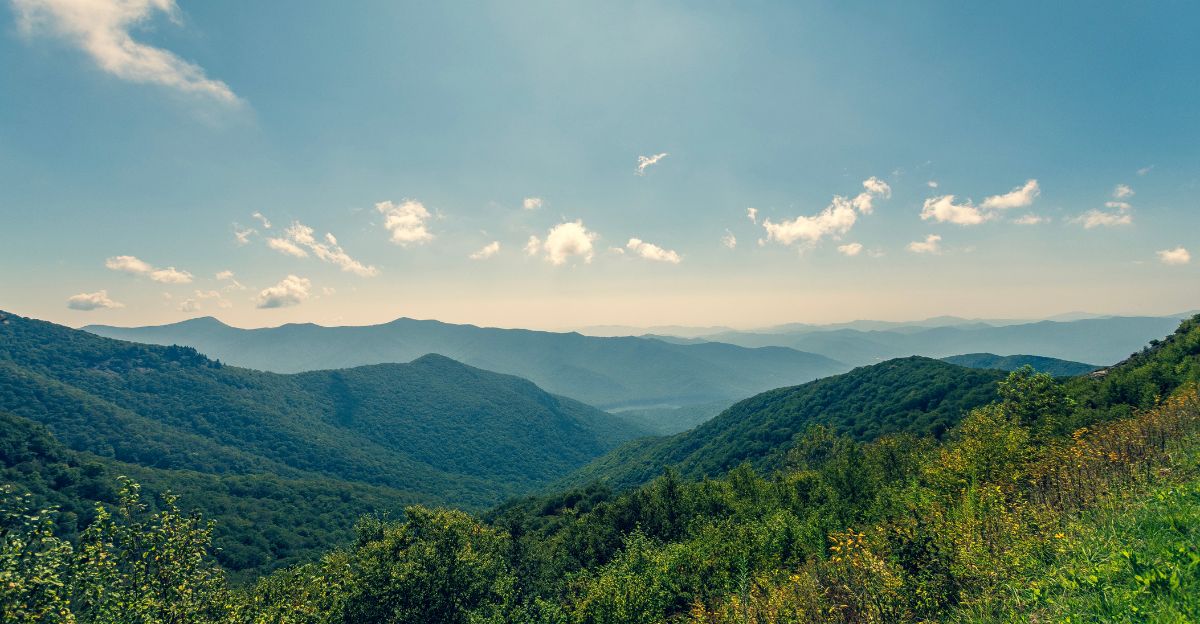
Appalachia is a global biodiversity hotspot, second only to the temperate forests of Amazon and China. Spanning nearly 2,000 miles from Alabama to Canada, these mountains encompass rich hardwoods, high-country spruce-fir, wetlands, and brawling rivers. The region’s microhabitats, shaped by elevation, rainfall, and geology, create unparalleled overlap between northern and southern species.
It sustains over 250 bird species, 78 mammals, 58 reptiles, and 76 amphibians. Further, its dramatic topography, climate, and ancient evolutionary heritage have fostered a sanctuary for many species.
1. Black Bears: An Enduring Mystery
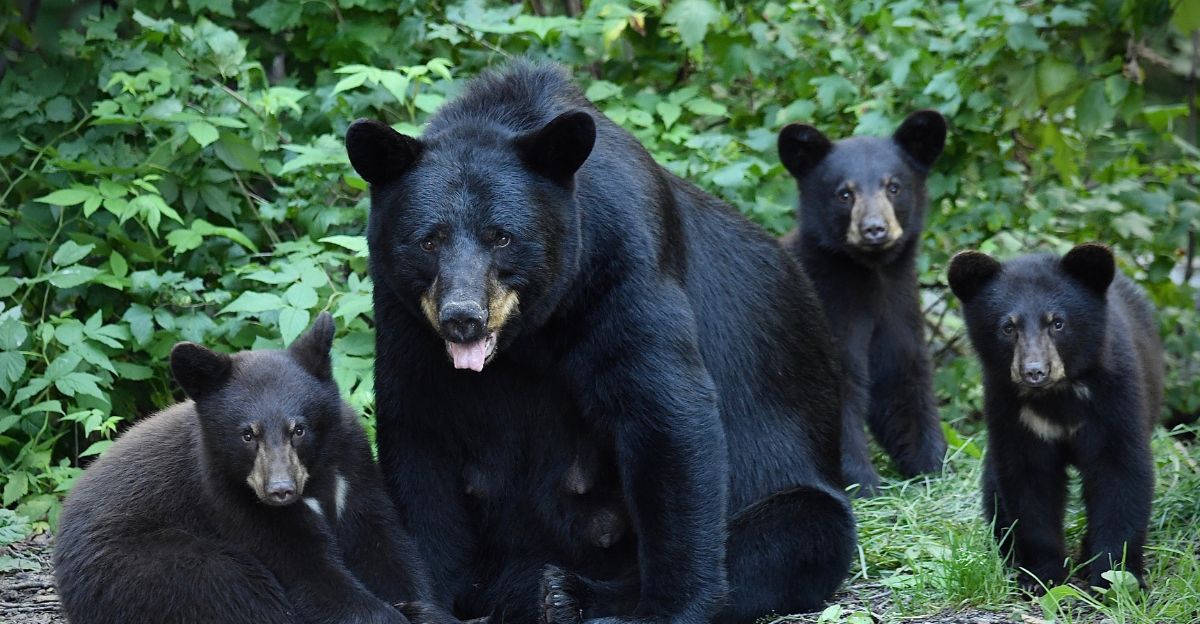
No animal conjures Appalachian mystique quite like the black bear. With herds thriving from Maine to Georgia, black bears are the ultimate symbol of wilderness.
Their adaptability is legendary, but they are sorely misunderstood, as viral social media videos show exaggerated encounters. Despite their reputation, these omnivores are more interested in your trail snacks than in you.
2. Birds: The Appalachians’ Feathered Stars
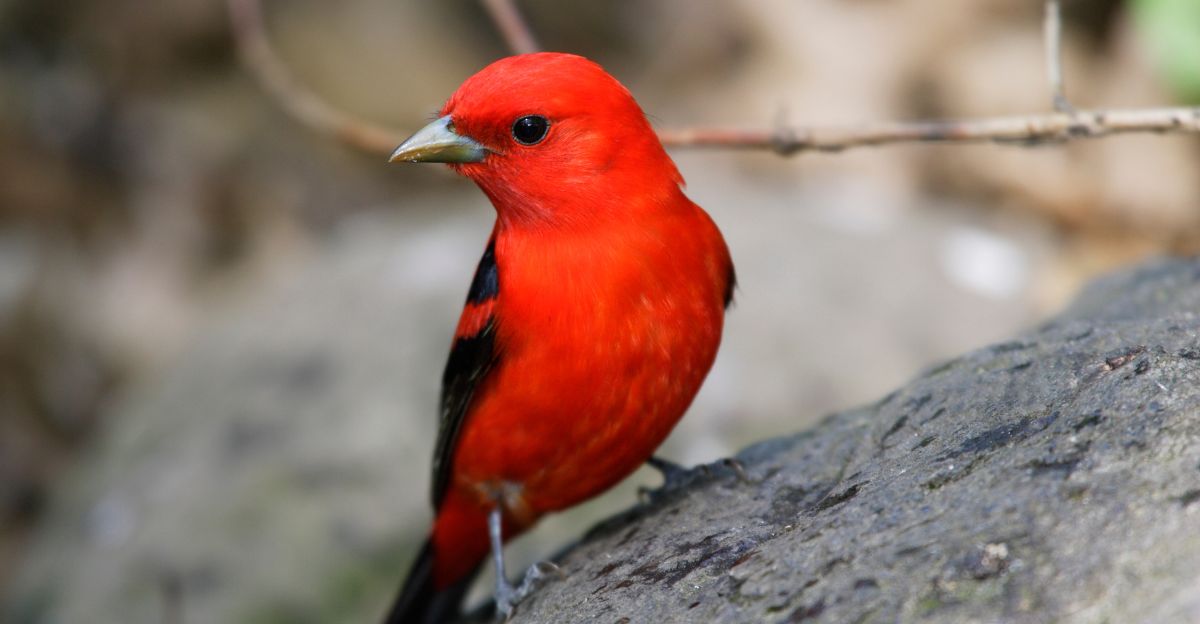
Birds are often the overlooked creatures of the region, with over 200 species darting along the canopy and underbrush. From the vibrant scarlet tanager and rose-breasted grosbeak to the wood thrush, blue-headed vireo, and hooded warbler, the Appalachians are alive with a dazzling array of birdlife. Birding in these woods is a sport, a science, and, for many, a higher purpose.
3. Elk: The Blue Ridge Comeback Kings
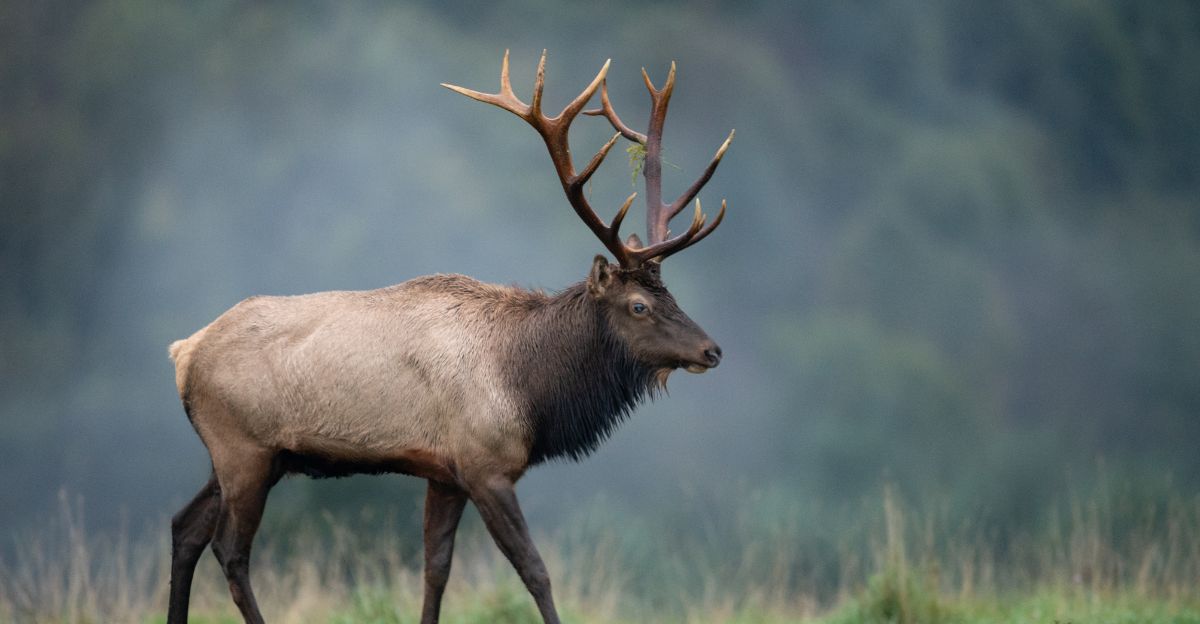
Once extinct in the region, elk have made an incredible comeback through bold reintroduction efforts. Their bugling calls echo eerily across the Blue Ridge and Smokies.
Elk recovery is commonly known as Appalachia’s largest conservation story—proof that, with enough will, even the most iconic species can reclaim their rightful place and that regional extinction doesn’t mean a species is lost forever.
4. Coyotes: The Invaders Who Stuck Around
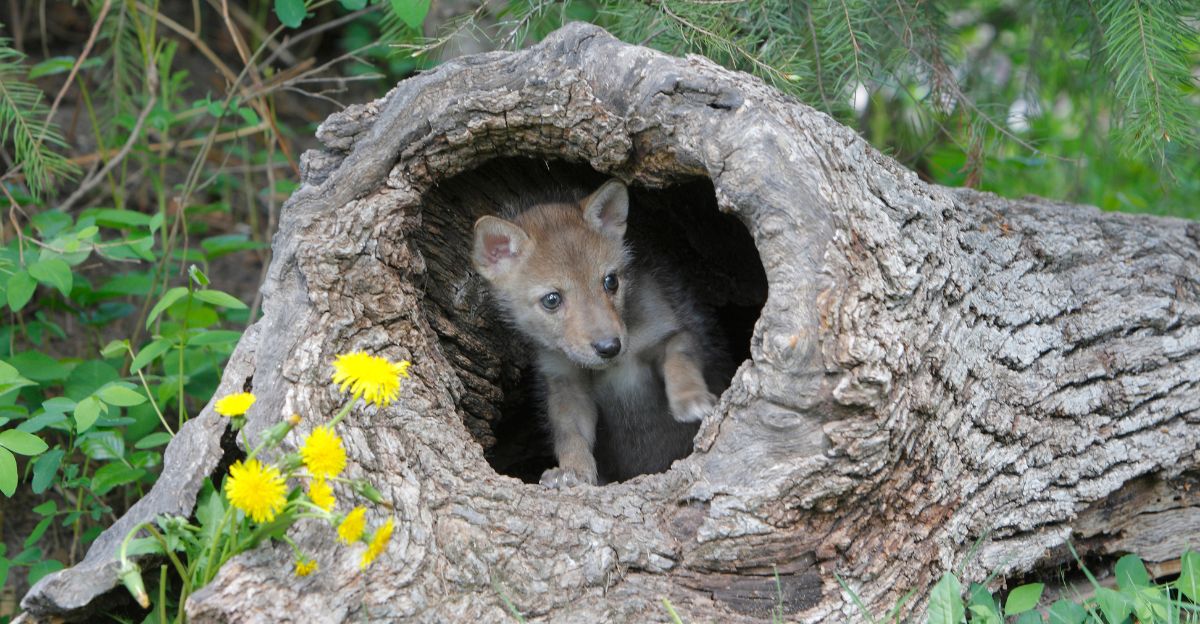
Coyotes didn’t always roam the Appalachian Mountains. When bigger predators disappeared, these canines took over, igniting controversy among the scientific community and residents alike.
Seen as intruders or opportunistic survivors addressing an ecological need, Reddit threads debate their impact on prey. Still, one thing is certain: coyotes are here to stay, changing the food web one howl at a time.
5. White-Tailed Deer: The Forest’s Familiar Faces
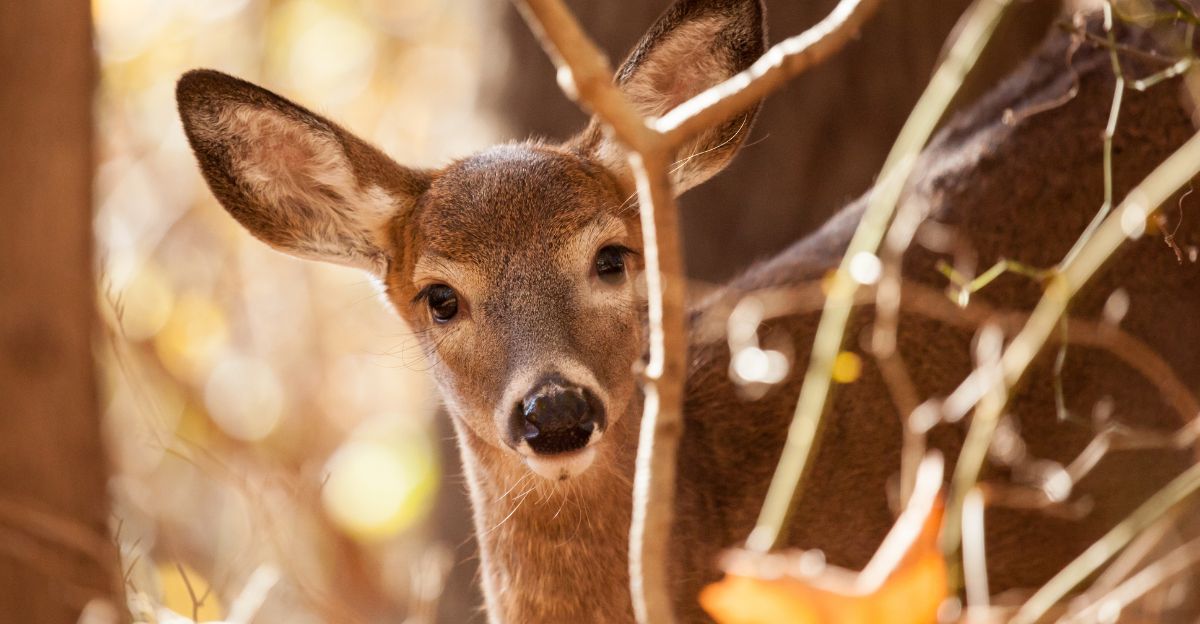
Nearly wiped out a hundred years ago, the white-tailed deer now dominate the undergrowth and inspire both awe and annoyance. But their numbers rise and fall in response to changing land use, hunting, and predator populations. Now, their abundance is so great that we forget how much they define the Appalachian countryside.
6. Wild Boar: The Controversial Invaders

Wild boars are Appalachia’s anti-heroes—rooting, wallowing, and being a general nuisance. Brought in for sport, they’ve become ecological disruptors, destroying native plants and moving into native wildlife. They’re often shown on social media as the monster of the woods, but they’re actually a sign of human meddling, not uncontrolled nature.
7. Moose: Giants at the Edge of the Trail
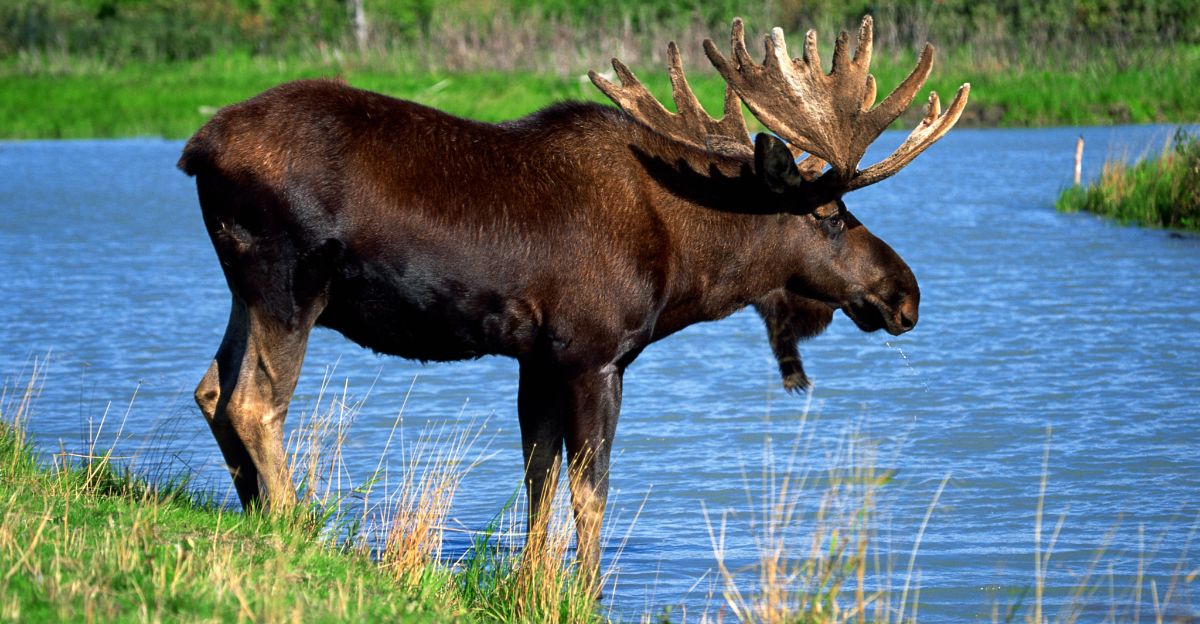
Way up in the northern regions—especially in Vermont and Maine—these magnificent mammals roam the wetlands and dense forests. Their size and elusive nature leave us in awe, but also slightly wary: as temperamental animals, their presence serves to remind us that the Appalachian wildlife is bigger than we are.
8. Raccoons: The Masked Mischief-Makers

Raccoons are known for their intelligence and resourcefulness, Therefore, it’s not uncommon for them to make campsites a playground. Their escapades are a social media favorite. But underneath the antics is a story of adaptability—raccoons thrive in dense forests and urban outskirts equally, obscuring the line between wild and tame.
9. Barred Owl: Haunting Voice of the Night

The hoot of the barred owl is the defining sound of an Appalachian evening. Revered for their wisdom in folklore, these owls are also apex predators, keeping rodent populations in check. Their adaptability in response to changing forests cements their keystone species status, as their presence indicates a healthy ecosystem.
10. Snakes: Fear, Fact, and the Timber Rattler’s Legacy
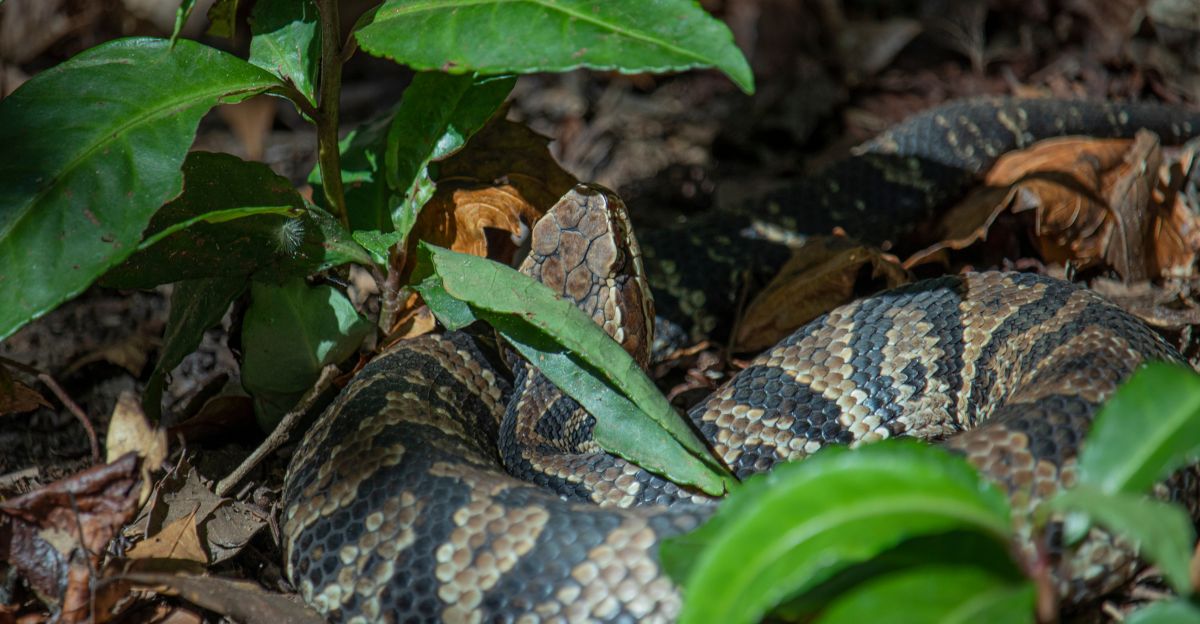
Snakes provoke intense reactions, but the majority of species found in the Appalachian Mountains, from black rat snakes to copperheads to timber rattlesnakes, are more ecologically beneficial than deadly.
While viral social media photos and videos tend to incite fear, the reality is that these reptiles are shy, vital components of the ecosystem, and hardly a threat to hikers who tread carefully.
11. Squirrels and Chipmunks: Tiny Titans of the Treetops

It’s easy to dismiss squirrels and chipmunks, but these small mammals are ecological giants, seeding, tilling, and providing food for millions of predators. Squirrel species range from flying squirrels to fox squirrels, while eastern chipmunks are the sole native species, providing an unexpected richness to the Appalachian woodland.
12. Foxes: Ghosts of the Understory

Red and gray foxes are the Appalachian Mountains’ tricksters—rarely seen, often heard, and always evasive. Their legendary flexibility is equaled by their vulnerability to disease and habitat loss. Therefore, fox sightings generate both enthusiasm and concern: rabies outbreaks remind us that even the most iconic animals are not beyond peril.
13. Bobcats and Lynx: The Elusive Stalkers

Bobcats live deep in the woods and are rarely spotted by humans. The Canada lynx, possibly even rarer, is sensitive to habitat fragmentation, relying on large tracts of forest for hunting and denning.
Bobcats, the Appalachians’ primary carnivore, help control prey populations and maintain ecosystem balance. Canada lynx are ecosystem indicators, showing healthy, connected forests through their predator-prey relationships.
14. Skunks: The Reluctant Defenders

Skunks are not just the butt of a good joke; they’re excellent pest control and fairly domesticated except when provoked. Their pungent spray is a last resort, not an initial reaction.
Skunks remind us that even the most detested animals play critical roles in Appalachian environments, where their existence signals a healthy food web.
15. Rabbits: Underbrush Hidden Treasures

The Appalachian cottontail, a hitherto unknown and reclusive rabbit, is a true native—one so timid that it wasn’t until 1992 that it was officially described as a species. Its preference for high-elevation thickets has made it a symbol of the region’s unique biodiversity, and its survival is deeply entrenched in the fate of Appalachian forests.
16. Porcupine: The Quill-Covered Curiosity
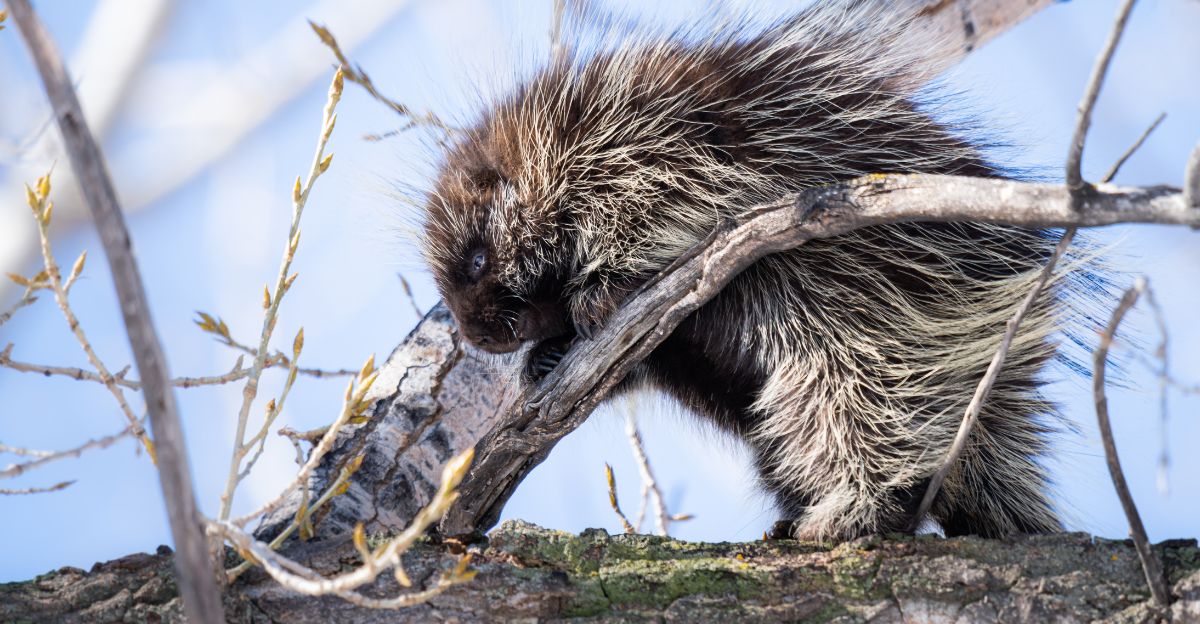
Porcupines are less abundant than squirrels, but their presence in northern Appalachia cannot be ignored. Porcupines are slow-moving herbivores famous for their distinct quills.
However, they’re also ecosystem engineers—bark grazing, digging cavities that shelter other animals, and reminding us that not all animal defense mechanisms include teeth and claws.
17. Salamanders: The Appalachian Salamander Capital

The Appalachians are known as the “salamander capital of the world,” with dozens of species found nowhere else on the planet. For example, the Great Smoky Mountains alone are home to over 30 species.
The secretive amphibians are lungless, breathing through their skin, and are vital environmental health indicators, thriving in the region’s cool, wet forests.
18. Bog Turtle: The Tiny Survivor

The bog turtle, North America’s smallest turtle, is critically endangered and fiercely protected. As both predator and prey, it plays a small but important role in the region’s wetlands.
They control insect and invertebrate populations while also providing food for larger animals. Thus, their survival is dependent on the preservation of Appalachian wetlands, signaling the region’s weaknesses and strengths.
Explore more of our trending stories and hit Follow to keep them coming to your feed!

Don’t miss out on more stories like this! Hit the Follow button at the top of this article to stay updated with the latest news. Share your thoughts in the comments—we’d love to hear from you!







